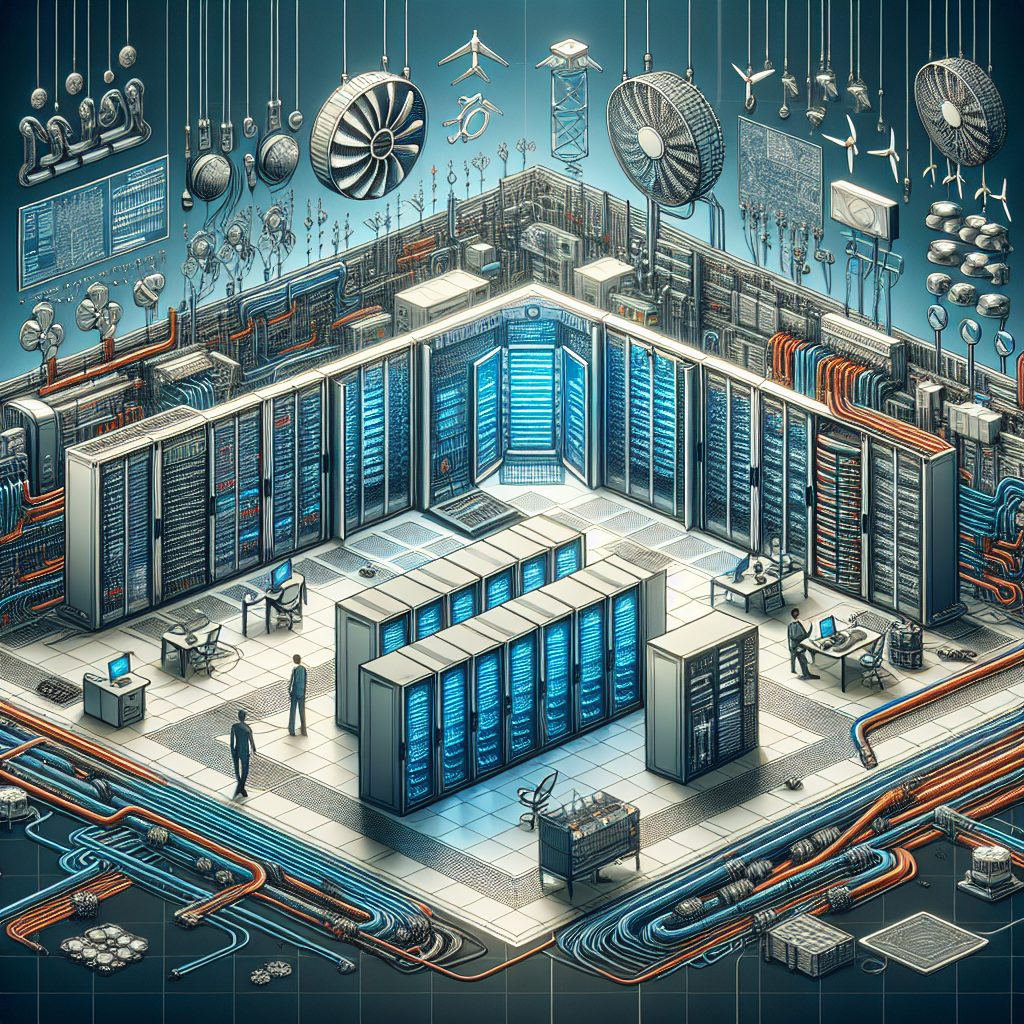In large-scale data centers, maintaining optimal temperature and humidity levels is crucial for the efficient operation of equipment and the prevention of costly downtime. HVAC systems play a critical role in achieving this, but they also face unique challenges in such environments. In this article, we will explore some of the key challenges faced by HVAC systems in large-scale data centers and discuss potential solutions.
One of the biggest challenges for HVAC systems in data centers is the sheer size of the facilities. Large data centers can cover hundreds of thousands of square feet, making it difficult to distribute air evenly and maintain consistent temperature and humidity levels throughout the space. This can lead to hot spots, where equipment is at risk of overheating, as well as cold spots, which can cause condensation and other moisture-related issues.
To address this challenge, data center operators can implement a combination of strategies. One approach is to use a combination of raised floors and overhead ductwork to create a pressurized plenum that allows for more effective distribution of air. This can help to ensure that cool air is delivered where it is needed most, while also preventing hot air from recirculating back into the equipment intake.
Another challenge for HVAC systems in data centers is the high heat load generated by the equipment itself. Servers, storage devices, and networking equipment all produce heat as they operate, and this heat must be effectively removed to prevent overheating and equipment failure. In large data centers, this can result in a significant cooling load that must be managed efficiently.
One solution to this challenge is the use of specialized cooling technologies, such as in-row or overhead cooling units, that can be strategically placed among the racks of equipment to provide targeted cooling where it is most needed. These units can help to remove heat directly from the source, improving efficiency and reducing the overall cooling load on the HVAC system.
In addition to the challenges posed by the size and heat load of data centers, HVAC systems must also contend with the need for redundancy and reliability. Downtime in a data center can have serious consequences, so HVAC systems must be designed to withstand equipment failures and other disruptions without compromising the ability to maintain optimal environmental conditions.
One solution to this challenge is the use of redundant HVAC systems, with backup units that can automatically take over in the event of a failure. By having multiple systems in place, data center operators can ensure that critical cooling functions are maintained even in the face of unexpected issues.
In conclusion, HVAC systems in large-scale data centers face a number of unique challenges, including the size of the facilities, the high heat load generated by equipment, and the need for redundancy and reliability. By implementing a combination of strategies, such as improved air distribution, targeted cooling technologies, and redundant systems, data center operators can help to overcome these challenges and ensure that their HVAC systems are able to effectively support the operation of their facilities.


Leave a Reply